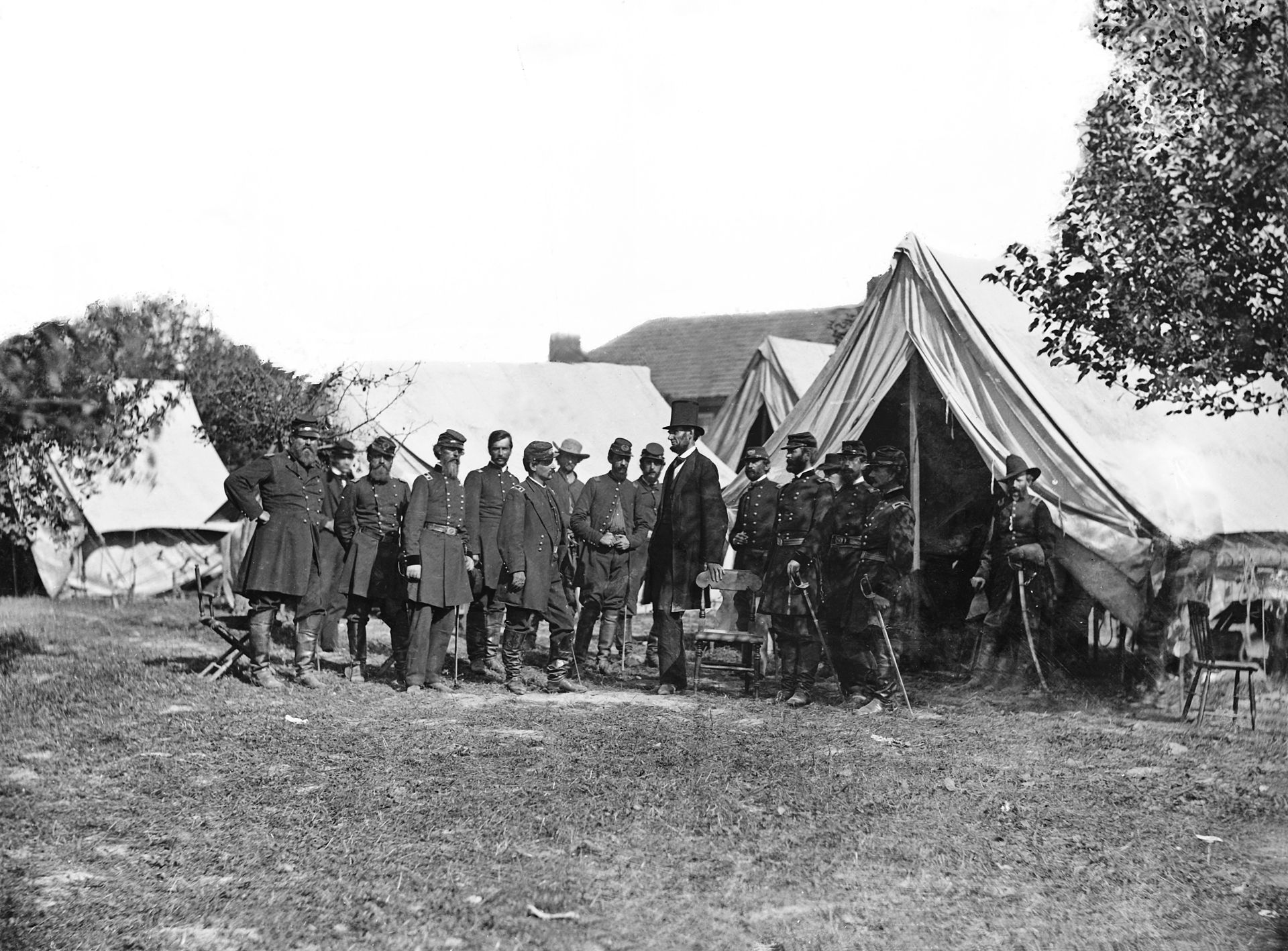About Publications Library Archives
heritagepost.org

Preserving Revolutionary & Civil War History

Preserving Revolutionary & Civil War History

Although better known for his Indian fighting, George Custer compiled a creditable record as a cavalry leader in the latter part of the Civil War. Graduating at the bottom of his West Point (1861) class, he was commissioned a second lieutenant in the old 2nd Cavalry, later the 5th, on June 24, 1861.Serving during the first two war years on the staffs of Generals McClellan and Pleasonton, Custer saw action in the Peninsular, Antietam, and Chancellorsville campaigns. Given his own star, he was assigned command of the Michigan cavalry brigade and, with it, took part in the Gettysburg, Bristoe, and Mine Run campaigns. At Gettysburg he remained with General Gregg east of town to face jeb Stuart’s threat to the Union rear, although he was previously ordered to the south. The combined Union force defeated Stuart.
In Grant’s Richmond drive in 1864, Custer participated in the fight at Yellow Tavern where Stuart was mortally wounded.
Transferred to the Shenandoah Valley with his men, he played a major role in the defeat of Early’s army at Winchester and Cedar Creek, commanding a division at the latter.
Returning to the Army of the Potomac in early 1865, he fought at Five Forks; and in the Appomattox Campaign. His victories against the rebel cavalry came at a time when that force was a ghost of its former self Custer was brevetted in the regulars through grades to major general for Gettysburg, Yellow Tavern, Winchester, Five Forks, and the Appomattox Campaign. In addition he was brevetted major general of volunteers for Winchester.
Remaining in the army after the war, in 1866 he was appointed Lt. Col. of the newly authorized 7th Cavalry, remaining its active commander until his death. He took part in the 1867 Sioux and Cheyenne expedition, but was court-martialed and suspended from duty one year for paying an unauthorized visit to his wife. His army career ended June 25, 1876, at the battle of Little Big Horn, which resulted in the extermination of his immediate command and a total loss of some 266 officers and men. On June 28th, the bodies were given a hasty burial on the field. The following year, what may have been Custer’s remains were disinterred and given a military funeral at West Point.